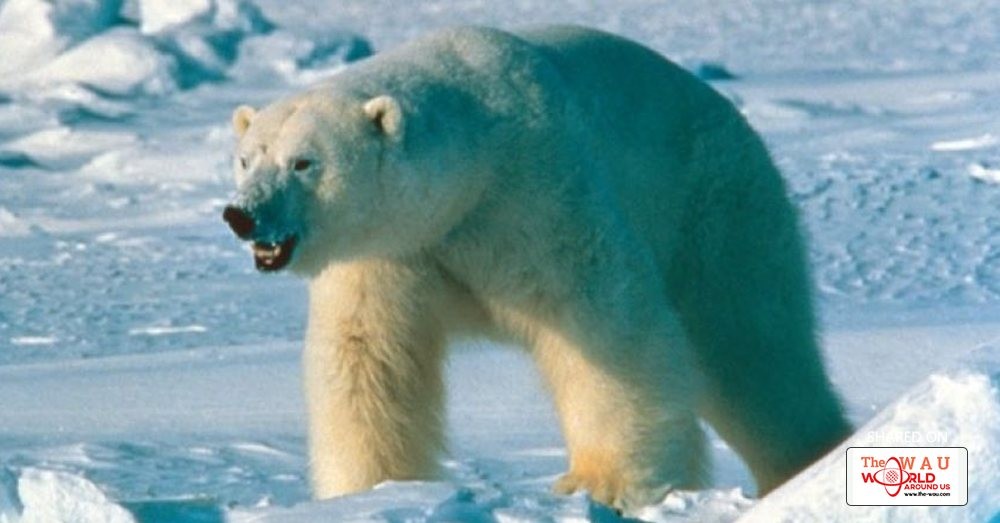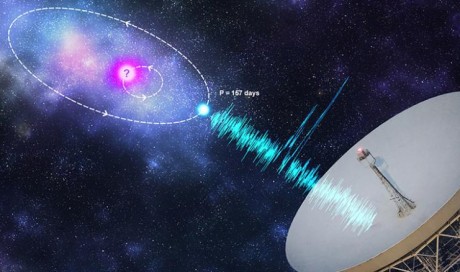Archeologists studying the existence of “king” polar bears find information on these bears elusive. There is little information available from the indigenous people in northern Alaska.
But scientists say that they recovered the fourth largest polar bear skull ever recorded after a storm in 2014, the website Western Digs reported. The skull is just over 16 inches long and forms a bit of a cone in the back. It is believed to be 1,300 years old and may offer a glimpse into the past ecosystem in the region.
Archeologists are searching around Walapka, which is just south of Barrow. She said that 4,000 years ago their residents may have lived alongside the mammoth bear.
Dr. Anne Jensen told the website that those living in the area, descendants of the indigenous people, talk about mythological stories of “king bears” that were 12 feet long. She said the skull belonged to a fully grown bear because “all the cranial sutures” are fused together.
“The front part of the skull, from roughly the eyes forward, is like that of typical polar bears,” Jensen told the magazine. “The back part of the skull is noticeably longer than other bear skulls to which we were able to compare it.”
Polar bears, as we know them today, are generally between 4’4 to 6’6.
Jensen said it was possible that this skull belonged to a “subspecies.” She was asked if there is likely more polar bears this size wandering around in the arctic and she said “certainly.”
Share This Post













